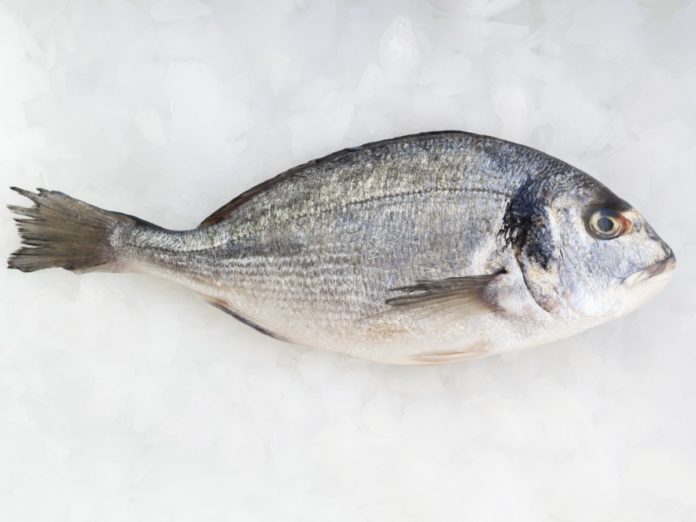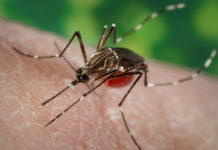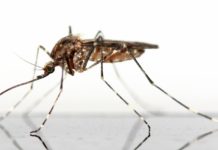You are walking through the aisles of Whole Foods looking for something nice and fresh to cook for dinner. As you head toward the back of the store, you smell fish and think “That’s a great idea! Lean protein and a healthy choice.”
But did you ever think about where your fish is coming from? What about how it was raised? What chemicals are you consuming by eating this fish? I bet the source and quality of your fish is often a mystery.
Many seafood consumers don’t actually know all that much about what they are eating. More than half of all fish consumed globally is farmed since wild caught fish yields simply do not meet the human palate’s desire to eat seafood. Yet at the same time, the FDA estimates that approximately 15% of all fish is mislabeled and often sold under the name of a more expensive and more desirable type of fish.
Although current U.S. regulations require fish to be labeled by its market name using the FDA’s seafood list, many problems still arise. These FDA market names are often broadened and simplified by companies to serve as an umbrella term for many different species of fish. For example, the market name “grouper” can legally be used for any of 64 types of fish sold in your supermarkets.
Then there is the problem of improper labeling of farmed fish. For example, Whole Foods labels a farmed species of bass as “Whole Pacifico Striped Bass.” Most shoppers, including myself, would not know this is a farm raised fish. Some stores even advertise this kind of fish as “ocean raised” rather than “farmed” because it was raised in a penned part of coastal waters and was technically raised in the ocean.
Consuming farmed fish brings its own array of problems to your table. Since farmed fish are raised in extremely crowded, feces filled pens, the risk of disease is much higher than those freely swimming in the ocean. To combat this problem, companies use large doses of antibiotics and fungus fighting chemicals to control the spread of disease. You then ingest harmful levels of antibiotics that can disrupt the effectiveness of antibiotics you may be prescribed by your doctor. These antibiotics can also act as hormonal disruptors and especially affect children going through puberty. Although the fungus fighting chemicals are illegal in the U.S., they are still widely used in countries that supply your supermarket with seafood.
In addition to these chemicals, consumers face frightening levels of mercury in fish such as mackerel, swordfish and tuna, with little to no warning from the seller.
I, a 21-year-old college student at UC Berkeley, used to fall victim to the tricks of the seafood trade myself. While strolling through Whole Foods, the rich orange color of the salmon always caught my eye. Little did I know, this vibrant color isn’t due to its freshness, but to the dye added to make it look more appetizing.
Farmed salmon lack naturally occuring fatty acids, which make them less colorful, leading to the need for dyes. The human health effects of ingesting these dyes are understudied and therefore dangerous. Some studies have shown that they may cause retinal disorders and hyperactivity in children. Although farmed fish is often cheaper, what is the cost to you and your health?
This is in no way a call for you to stop eating farmed seafood. But it is a call for all people to have the available information to make informed decisions about what they are putting into their bodies. Without guidance, consumers like you and I cannot determine which fish we would like to purchase, if we still desire to buy fish at all. Shoppers should have the right to make informed choices to avoid hormone disruptors, dyes, and other chemicals if they so choose.
At the moment, less than 2% of stores in my frequent fish consuming home state of Florida choose to post FDA issued advice and warning signs about harmful chemicals in seafood such as mercury. My family’s most frequented grocery store, Publix, is contributing to the obstacles and disruption of the government’s advisory. These problems hit very close to home for me, and should for you too. If the type of fish isn’t even stated on the box of fish sticks you buy for your kids, how can you be choosing what you are feeding your family?
Every person should have the right to know exactly what they are putting in their bodies. I’m not here to tell you what to do with your body, but I am here to advocate for each and every person to at least be given the chance to choose. It’s your body, right? This is a call for a nationwide publicly available education. Stricter laws should be implemented on a national level, including standardizing and mandating how fish should be named and labeled, stating advisories, type of rearing (farmed or wild caught), and chemicals that are present. We need to curb seafood fraud, make informed decisions, and demand to know what we are eating. After all, we are at the top of the food chain. So, would you like a side of antibiotics with that?
— Hannah Krohn. (Krohn is from Islamorada and a third-year student at UC Berkeley.)






















